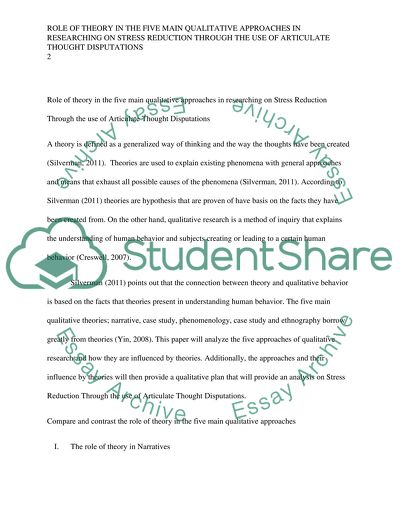Cite this document
(“Role of theory see details Term Paper Example | Topics and Well Written Essays - 1250 words”, n.d.)
Retrieved from https://studentshare.org/psychology/1481471-role-of-theory-see-details
Retrieved from https://studentshare.org/psychology/1481471-role-of-theory-see-details
(Role of Theory See Details Term Paper Example | Topics and Well Written Essays - 1250 Words)
https://studentshare.org/psychology/1481471-role-of-theory-see-details.
https://studentshare.org/psychology/1481471-role-of-theory-see-details.
“Role of Theory See Details Term Paper Example | Topics and Well Written Essays - 1250 Words”, n.d. https://studentshare.org/psychology/1481471-role-of-theory-see-details.


